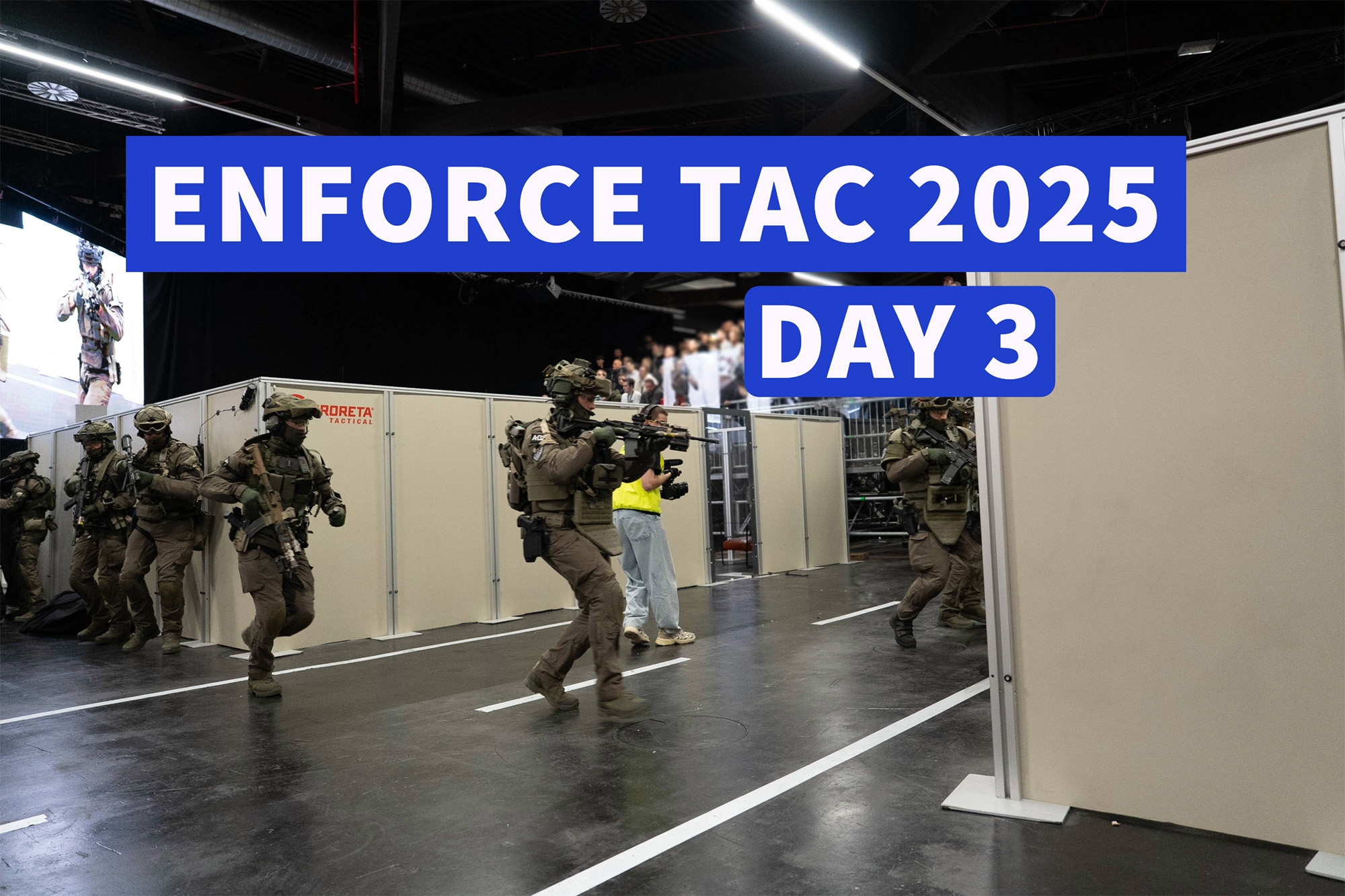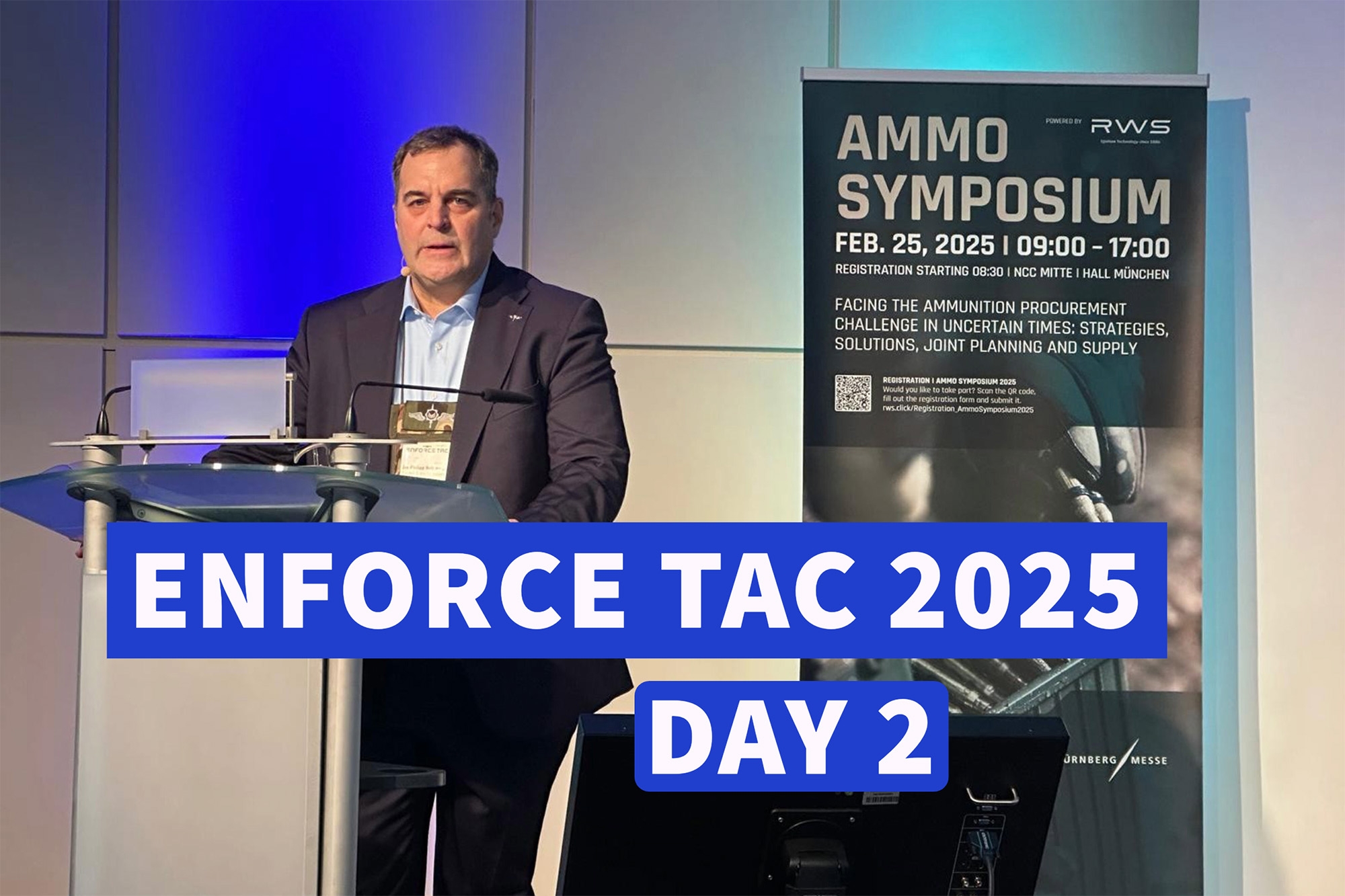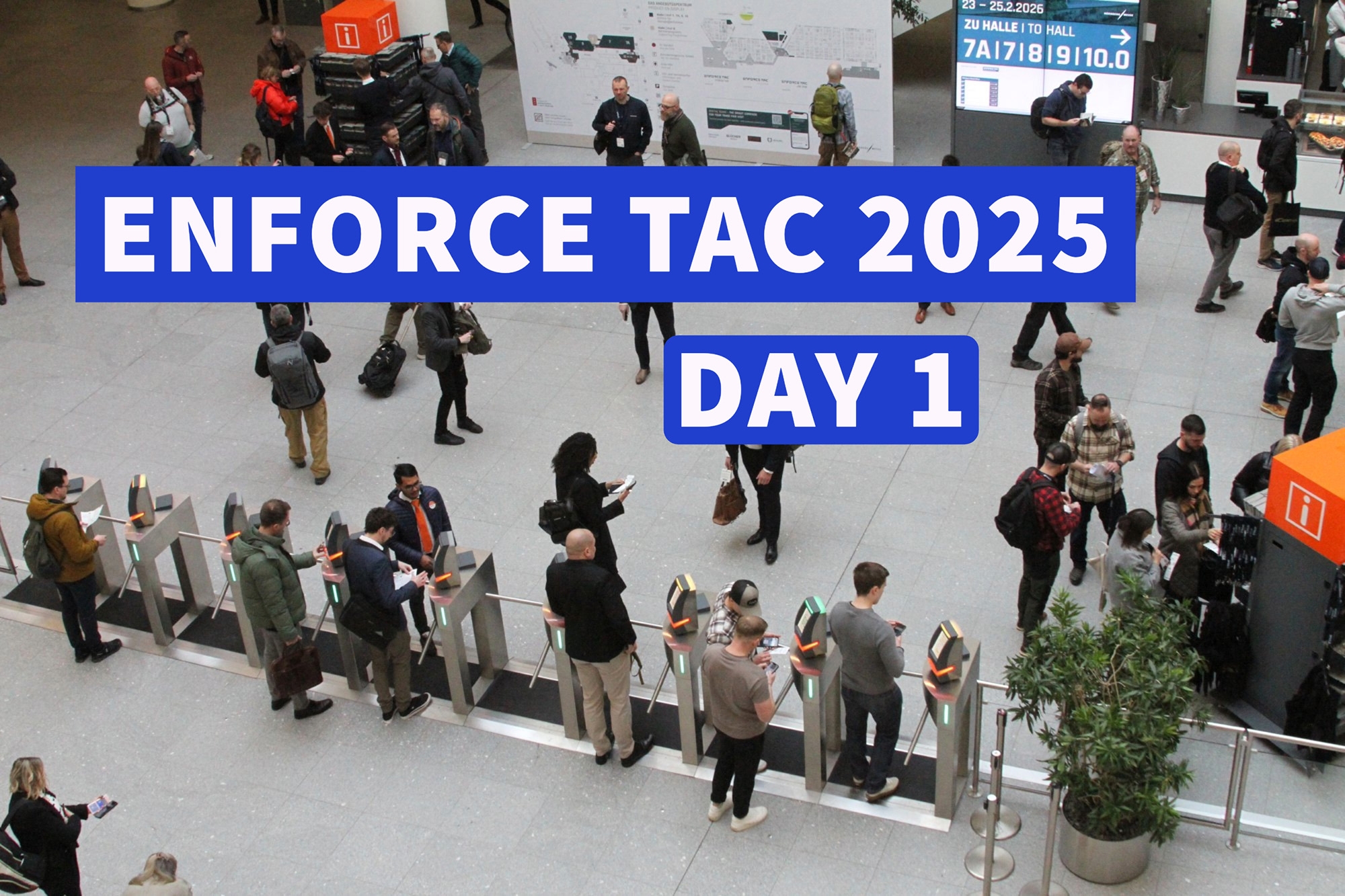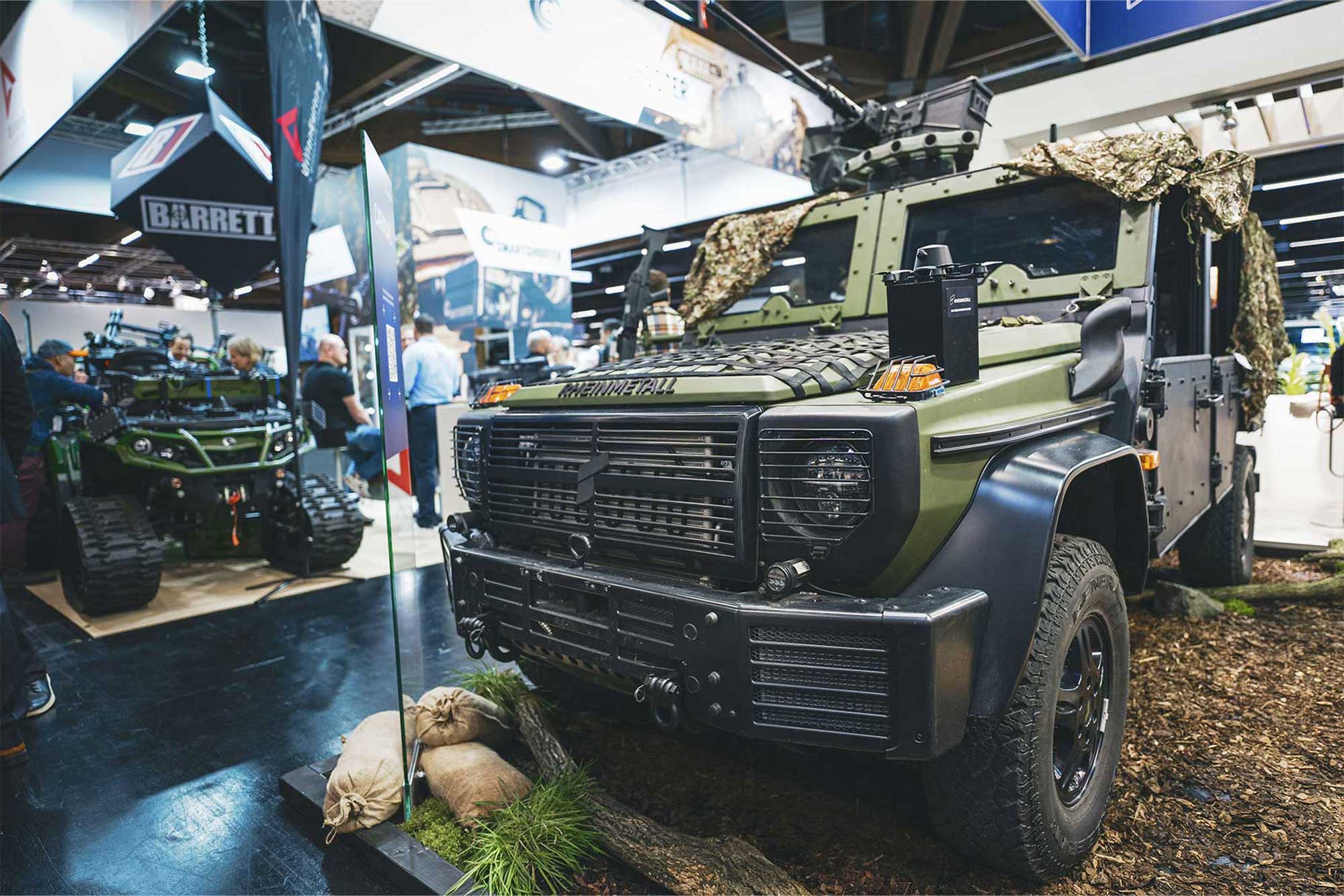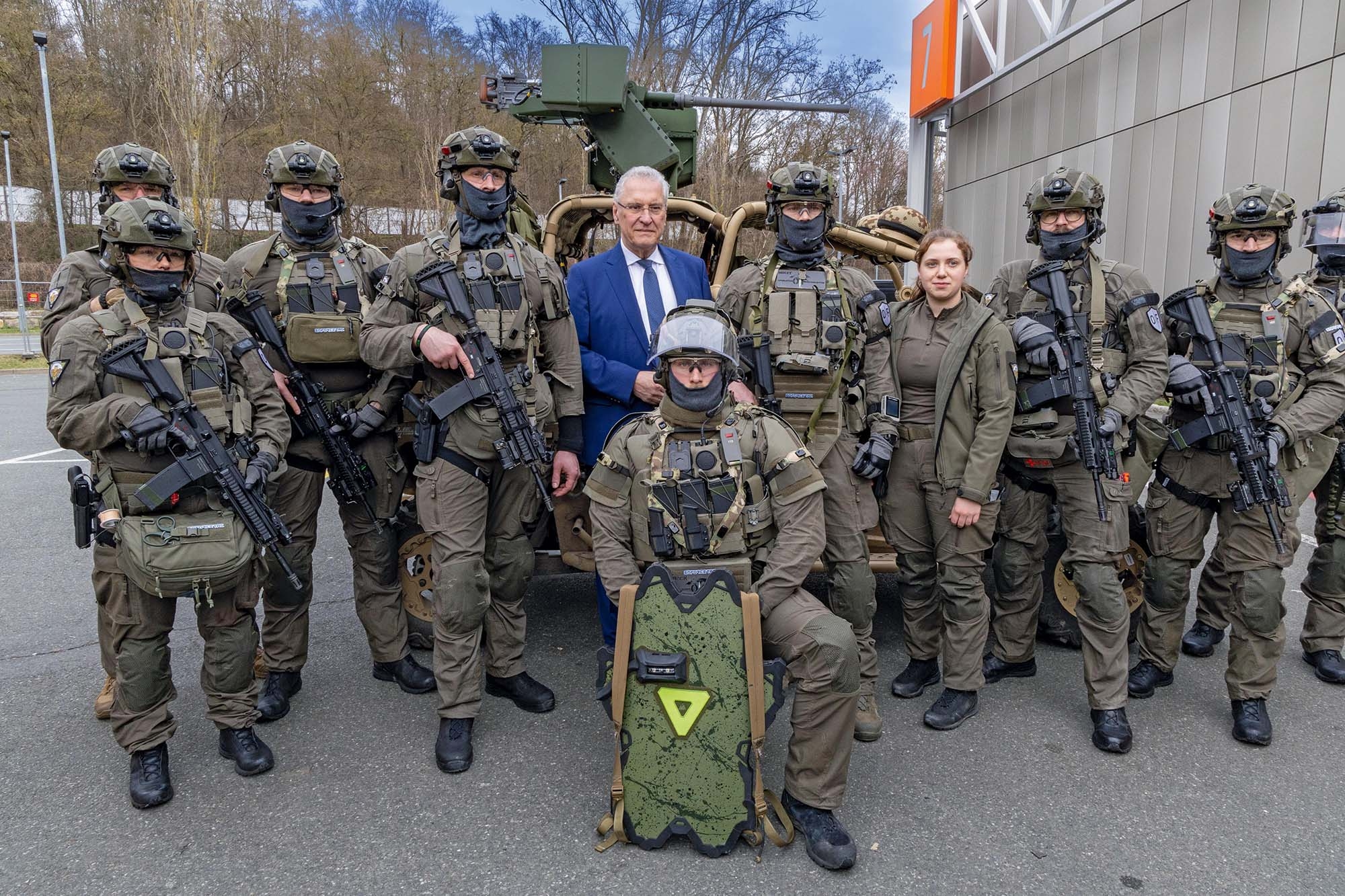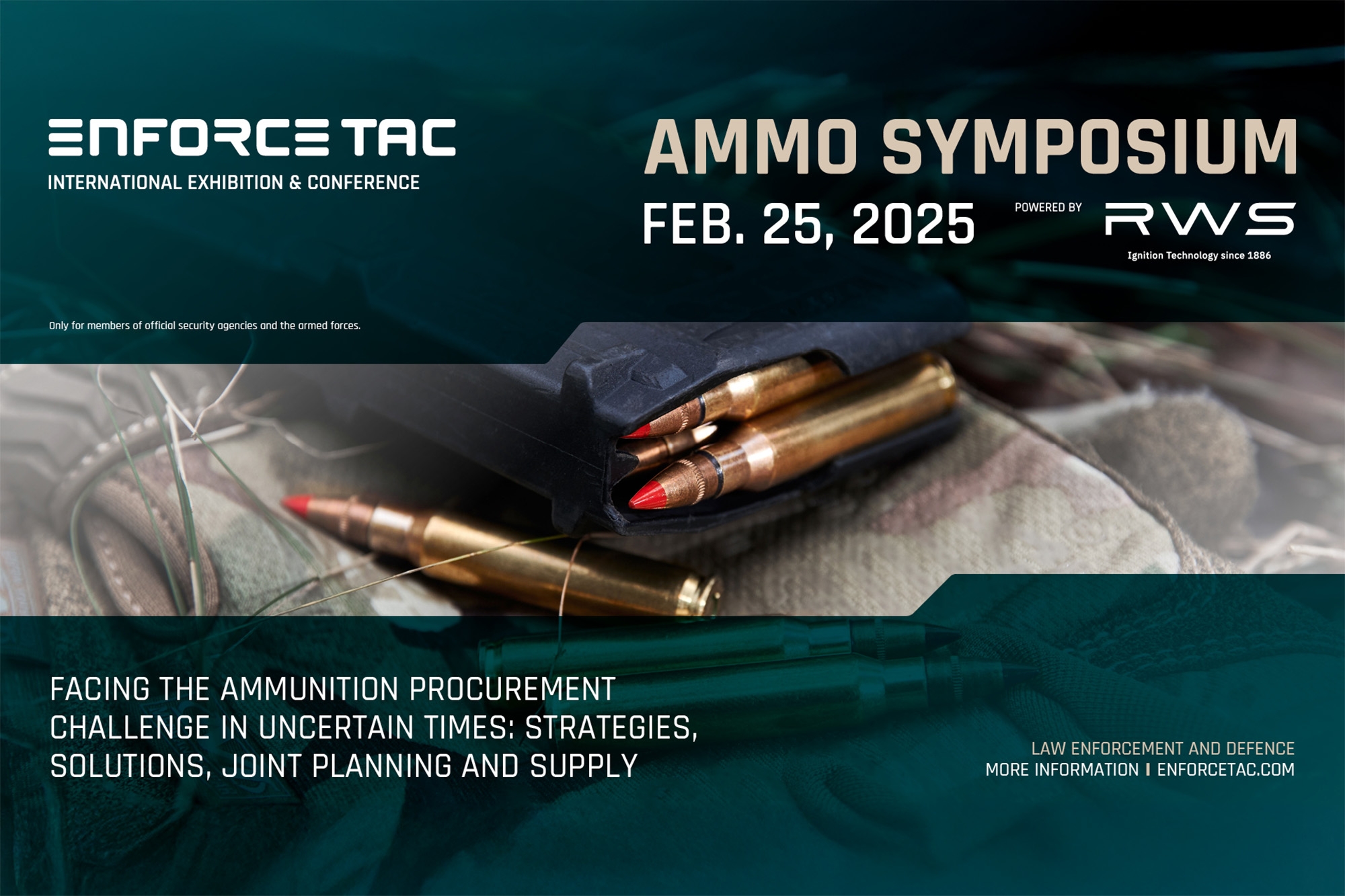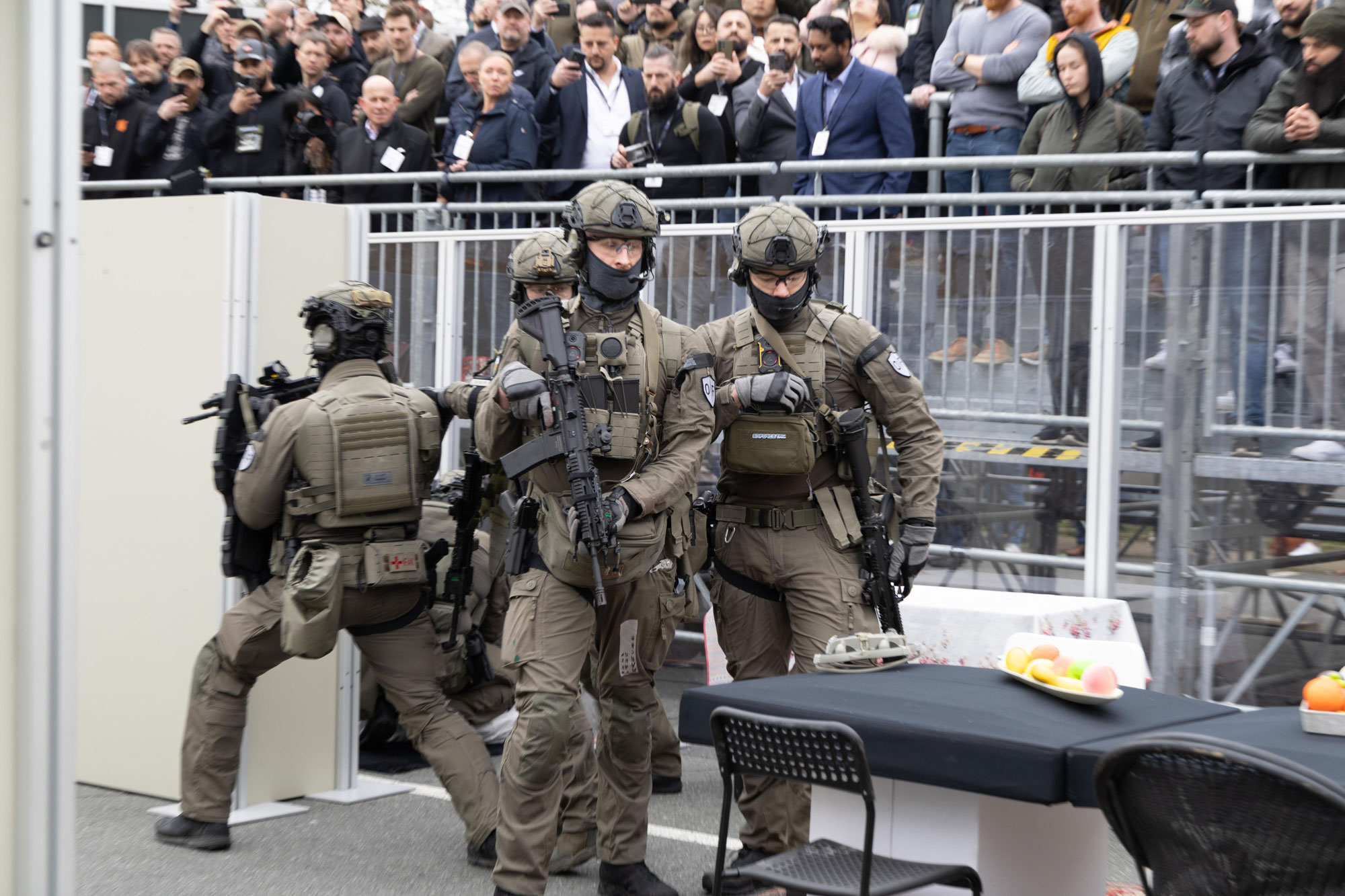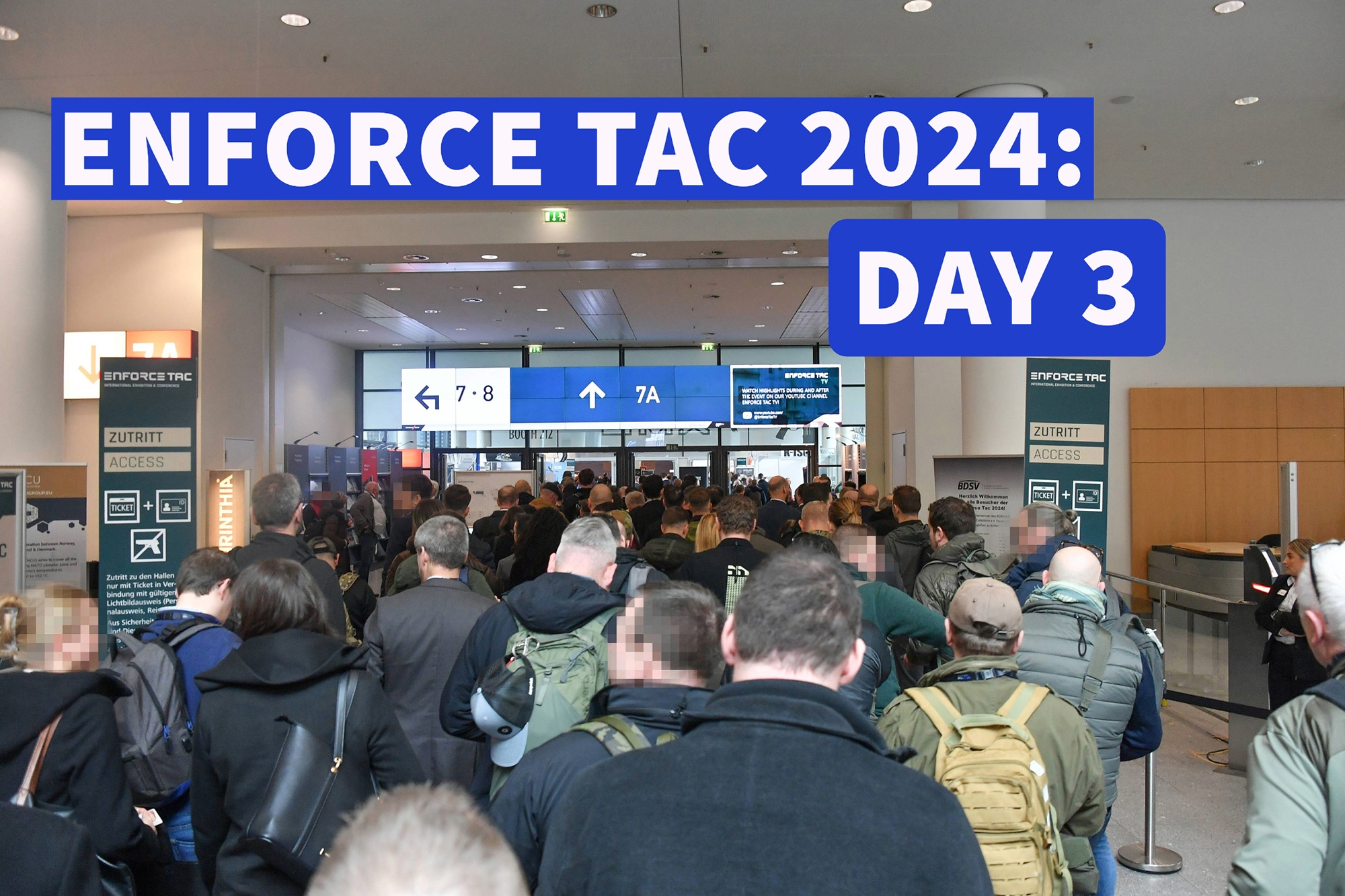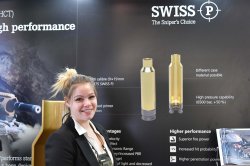
SwissP Defence AG is the European market leader for small-caliber ammunition for the armed forces and law enforcement. The company has been part of Beretta Holding since August 2022 and is part of Beretta Defense Technologies (BDT). As such, they also appear together at trade fairs such as Enforce Tac 2024.
As one of the leading European suppliers of small-caliber ammunition, SwissP is a reliable partner for the armed forces and authorities. The ammunition developed and manufactured by SwissP has proven itself in demanding missions all over the world.
But the company is thinking ahead and is already working on new variants of operational ammunition.
Why is the Next Generation Squad Weapon Program in the USA an opportunity for European ammunition manufacturers like SwissP?
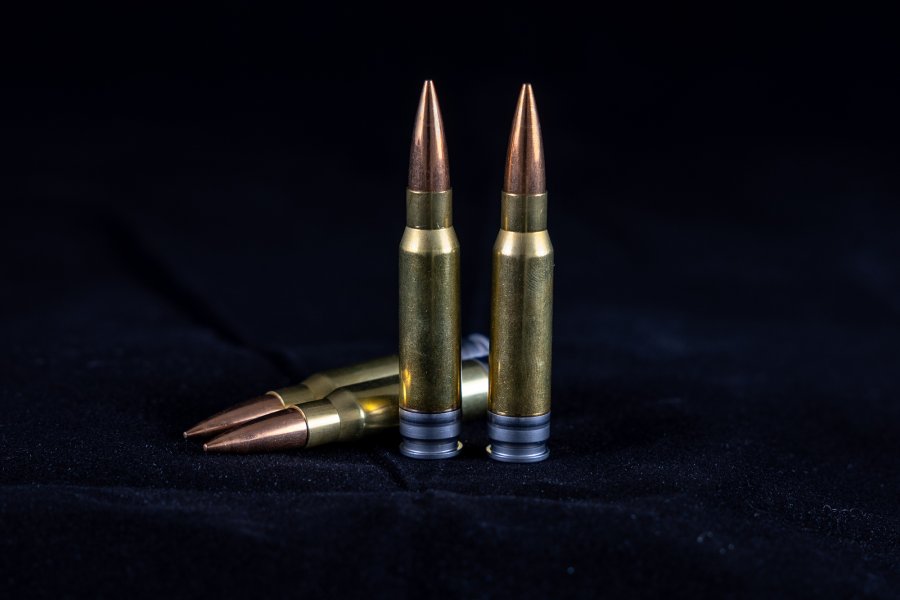
In the recent past, the hybrid case ammo topic has really taken off, especially with the U.S. Army's "Next Generation Squad Weapon" (NGSW) program. We have reported on this several times here on all4shooters.com. Here are the relevant links:
https://www.all4shooters.com/en/shooting/pro-zone/beretta-usa-and-true-velocity-cooperation/
https://www.all4shooters.com/en/shooting/pro-zone/21-milipol-2019-security-trade-fair-in-Paris/
The hybrid case ammunition in 6.8x51 mm (aka .277 Fury) from the U.S. giant and NGSW winner SIG Sauer is designed in three parts with a steel case base, brass body and a light metal connecting ring. The US manufacturer Winchester was commissioned to produce the ammunition in January 2022. The US company True Velocity was also involved in the previous NGSW tenders with hybrid case ammunition with a steel case base and polymer case body.
After several years of development work, SwissP Defence AG is now also entering this market segment. The company is getting straight down to business and holds several patents for its own pioneering "SWISS P Hybrid Case Technology" (HCT).
Hybrid Case Technology (HCT) for ammunition from SwissP means "lighter & more powerful". What are the advantages?
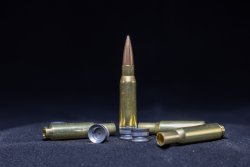
The two-part case with a steel base and a body that can be made of aluminium, brass or polymer, is more stable and, depending on the material, lighter than a conventional one-piece cartridge case made of brass or steel. Lighter ammunition is particularly desirable for special military units in the major NATO countries when it comes to logistical challenges and the loading capacity of individual soldiers while increasing operational agility on the battlefield. However, in addition to improved logistics, a hybrid case also has external and target ballistic advantages over a traditional case of conventional design. The material strength (yield strength) determines the internal pressure at which the case base is plastically deformed. With a one-piece case, the stability in the base is a compromise between manufacturability and strength. The multi-part case offers much more leeway here, as alternative materials with a high yield strength can be used for the base piece. The complete HCT case is manufactured using forming technology. Hybrid case ammunition enables up to 50 per cent higher working gas pressure, resulting in higher bullet velocity and power impact on the target. No light without shadow: in terms of internal ballistics, however, the respective weapon system is also subjected to greater stress during continuous use due to the higher gas pressure. The SWISS P HCT hybrid case was specially developed to increase the hit probability and penetration power compared to conventional ammunition in comparable calibers.
This results in the following advantages for Swiss P HCT ammunition in shooting practice:
- Increased bullet velocity with the resulting higher kinetic energy for better penetration of armour and barriers as well as greater expansion.
- A flatter trajectory and an extended deployment range reduces errors in range estimation and makes it easier for the shooter to hit the target precisely without further corrections to the opticsaiming point.
- The critical, transonic transition range from supersonic to subsonic speed, which can cause a projectile to experience turbulence, is shifted in long-range use, which enables better trajectory prediction.
- Reduced wind effect, because the faster the projectile is travelling on its way to the target, the less the influence of the wind can be felt. This is particularly advantageous in challenging terrain with mountains/valleys or urban areas.
- The reduced bullet flight time enables decreased lead on moving targets and increases hit probability.
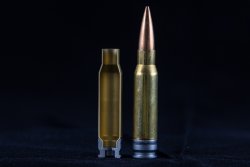
All in all, these factors of the HCT ammunition with hybrid casing improve logistics and increase the probability of a first shot hit in the ever-changing, asymmetrical conflicts.
There are currently mainly test samples of the new hybrid case ammunition from SwissP Defence in 6.8x51 and 7.62x51 mm NATO. In principle, with the HCT ammunition the Swiss manufacturer can cover the entire range of calibers from 9x19 mm to .375 SWISS P for semi-automatic and fully automatic weapon systems, as well as for bolt-action sniper rifles.
As a complete system provider, the company already works closely with well-known firearms manufacturers.
You can find more information about the company on www.swisspdefence.com.


